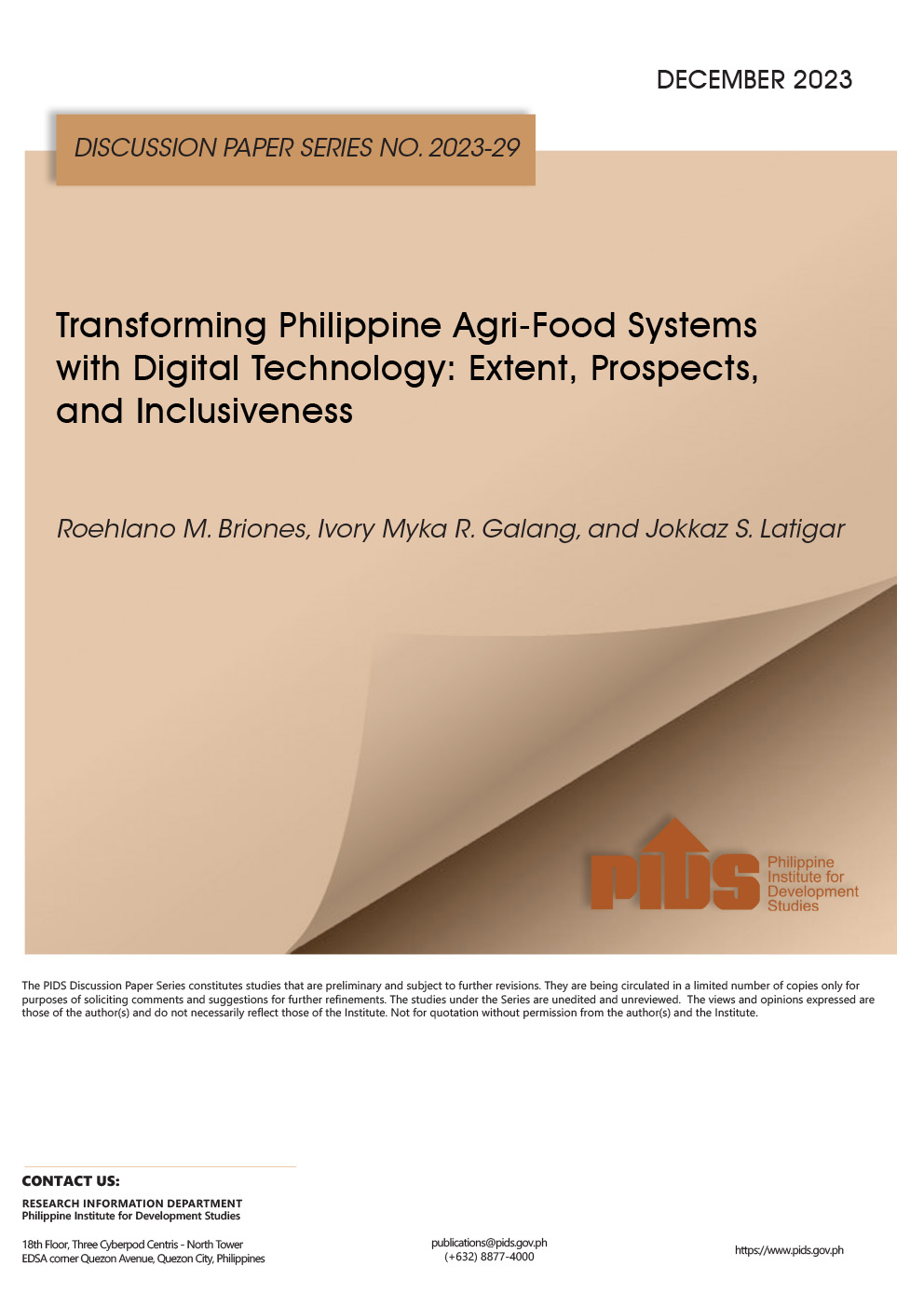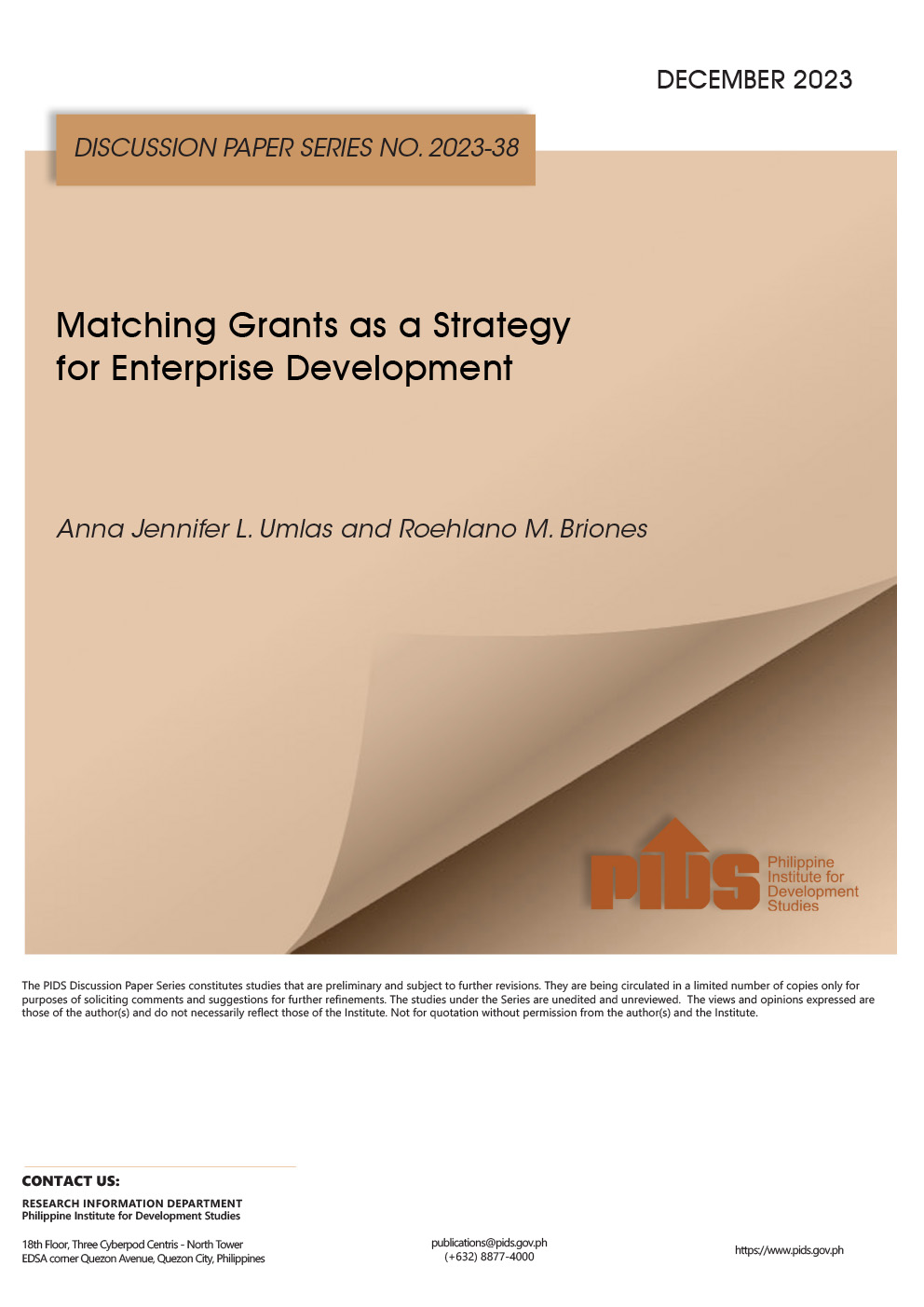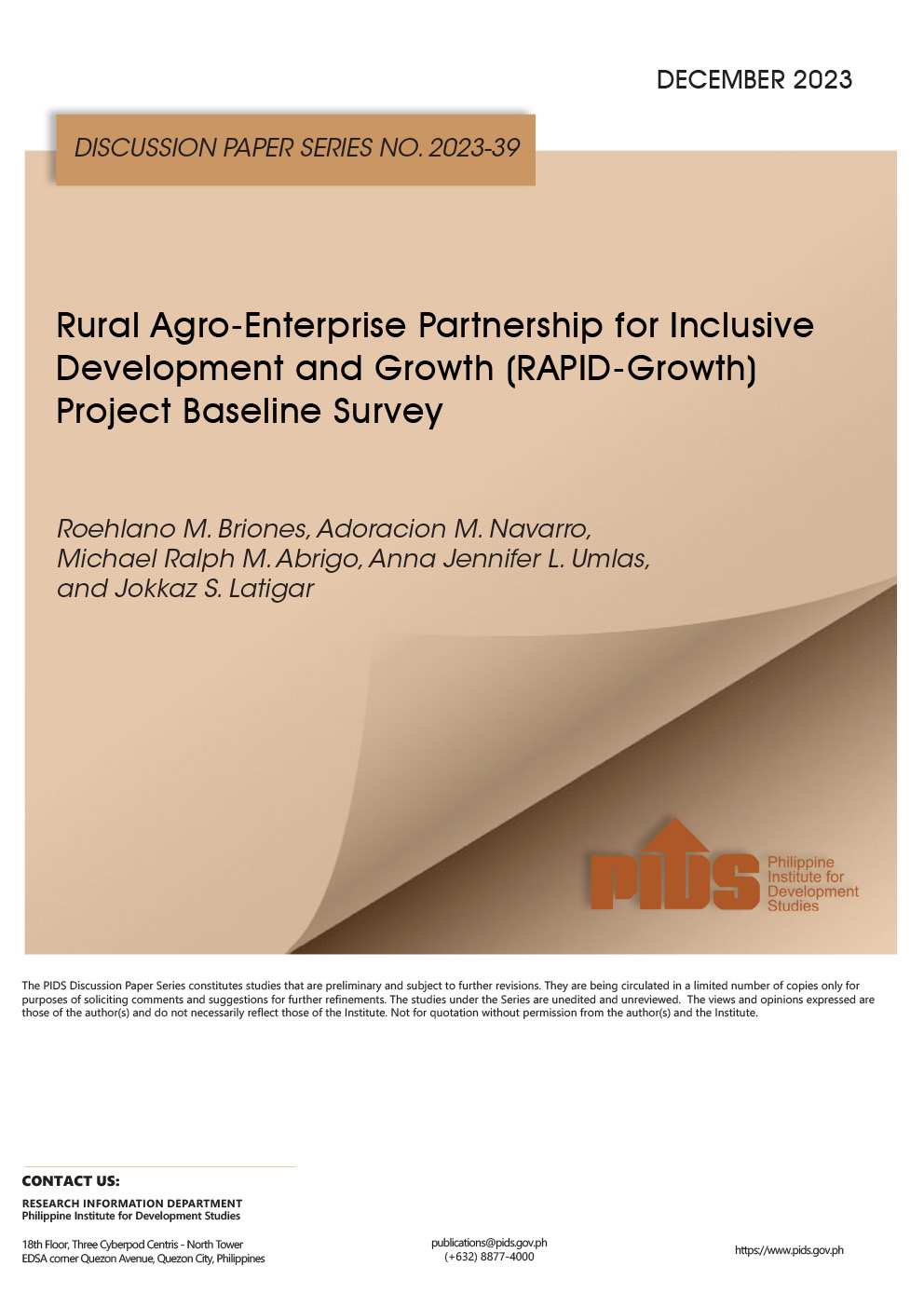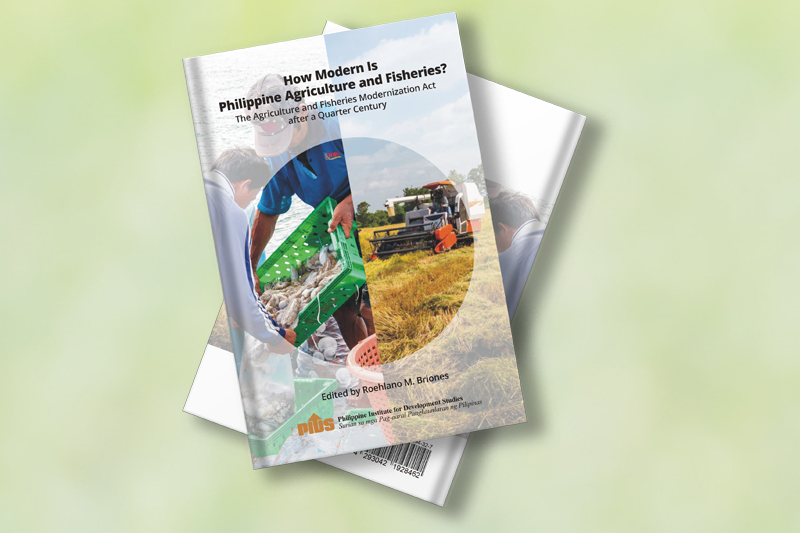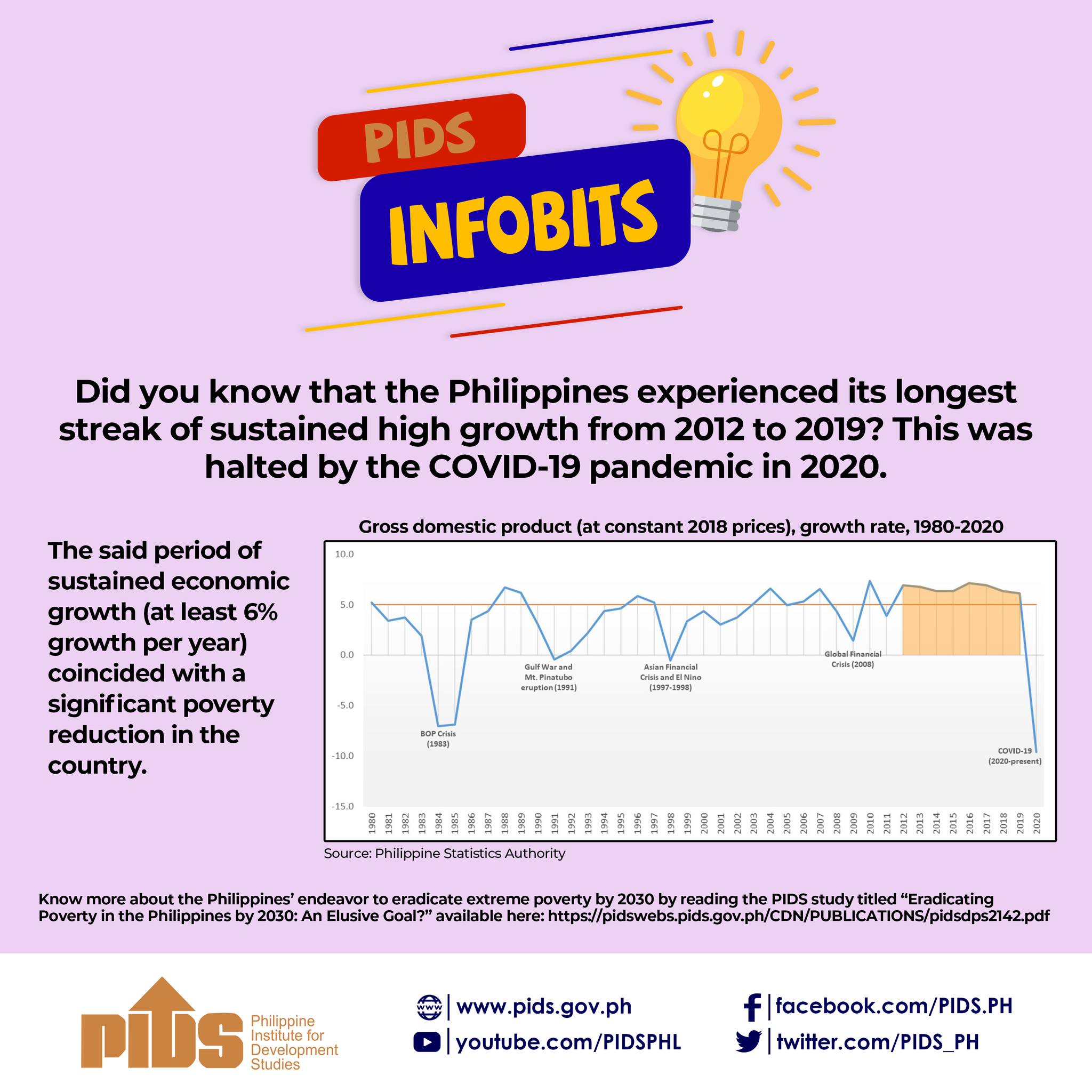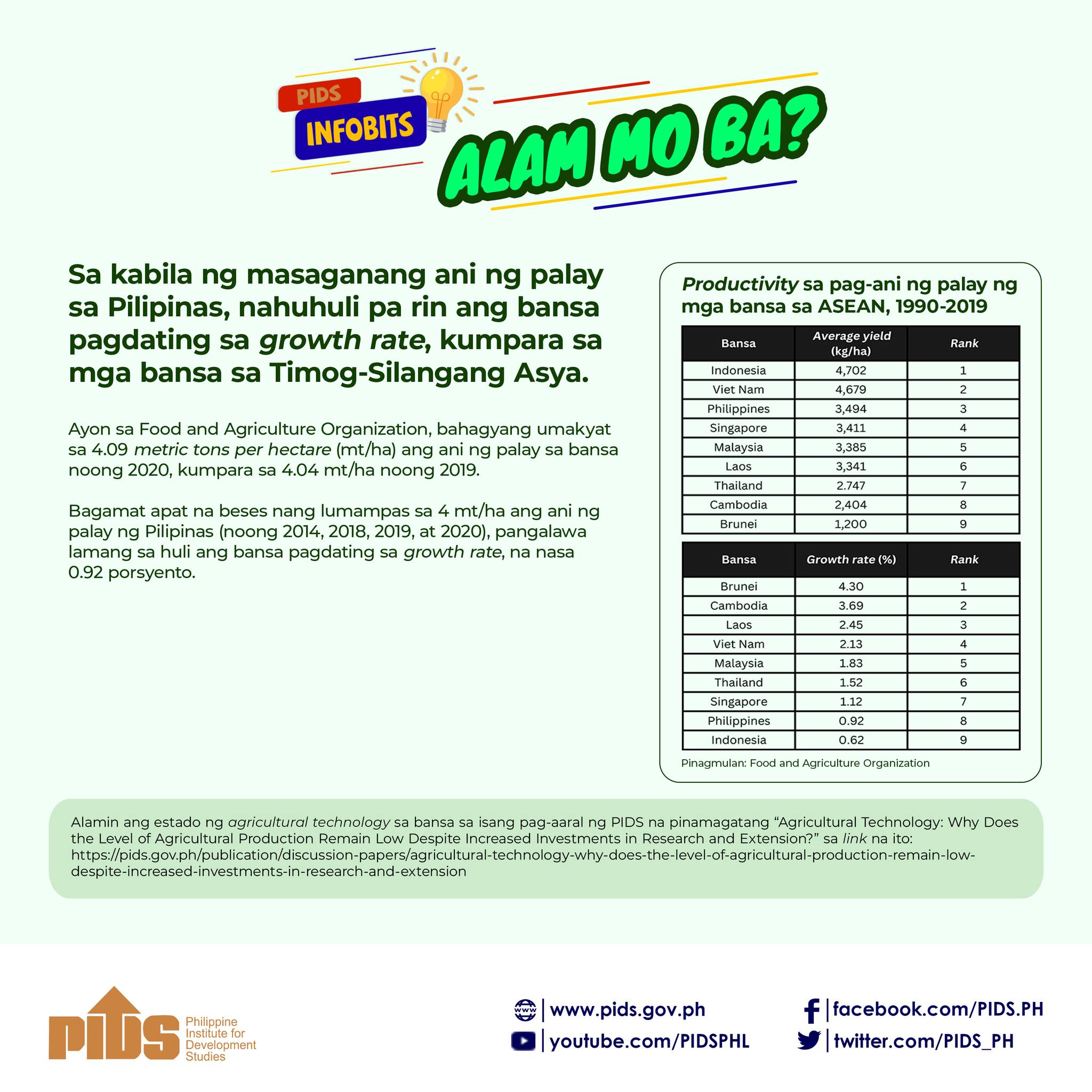THE country posted its slowest agriculture production growth in over two decades, according to the Philippine Statistics Authority (PSA).
Based on PSA data, agriculture growth contracted 1.7 percent in 2021, the lowest since 2001 under the 2018-based data. The PSA has only rebased data to 2018 only until 2001.
Prior to 2001, the lowest agriculture growth was recorded in 1998, an El Niño year. The 1985-based data for agriculture growth that year showed a contraction of 8.85 percent.
Ateneo Eagle Watch Senior Fellow Leonardo A. Lanzona Jr. told the BusinessMirror the contraction “is expected in light of the supply side constraints along with the continuing swine flu and the ever present natural calamities.”
However, Lanzona said “the issue is that the DA [Department of Agriculture] apparently has not fully studied the impact of the recent policies on importation and trade.”
“Because if they did, they would have known that a comprehensive modernization of the agricultural sector would be required to keep agriculture sustainable,” the economist told the BusinessMirror.
Typhoon Odette
FOR Philippine Institute for Development Studies (PIDS) Senior Research Fellow Roehlano M. Briones, the performance of the agriculture sector, particularly for the fourth quarter last year, would have been better without the impact of Typhoon Odette.
Based on PSA data, agriculture posted a 0.6-percent growth in the fourth quarter. The DA said that were it not for Odette, the farm sector would have breached the 20-million ton level. Typhoon Odette damaged more than 130,000 metric tons of palay, which would have boosted farm output.
“The fourth quarter was better than expected [even with] Odette. [The sector is] still suffering from ASF [African Swine Fever], reduced fisheries and typhoon impact,” Briones said. “Fortunately, the DA is starting structural reforms such as the ‘farm and fisheries clustering and consolidation’ program and diversification to lift long-term growth.”
Way forward
LANZONA said that while programs can easily be designed, there is always the issue of implementation. He said he has yet to see an effective implementation of an agricultural program.
The economist lamented that “there seems to be no overriding urgency and commitment to improve agriculture.” He said for one, the government should have reallocated the budget to the agriculture sector in order to boost the sector as well as recover from the pandemic.
Lanzona said the government should endeavor to move toward the development of other crops that would allow the country to trade with other countries and diversify its export markets.
“This plan should also be in line with a comprehensive industrialization effort so we can shift to processed products instead of primary commodities,” Lanzona told the BusinessMirror. “We can know the budget once we have the plan. This is consistent with the overall problem of this administration in coming up with huge reforms and programs but having no supporting plans.”
Growth drag
THE main growth drag for the agriculture sector in 2021 was livestock, which contracted by 17 percent, the deepest in a period of 21 years.
The hog industry, which has been suffering from the ASF since 2019, posted a contraction of 20.8 percent. This despite the DA reporting a decline in ASF outbreaks (Story here: https://businessmirror.com.ph/2021/06/08/da-reports-decline-in-asf-outbreaks/)
Meanwhile, PSA data also showed poultry also posting a contraction of 0.3 percent, while crops posted a growth of 2.3 percent while fisheries grew 0.1 percent.
Data showed the crops subsector accounted for 57.1 percent of total agriculture growth. This was followed by fisheries with a share of 15.1 percent, livestock with 14.3 percent and poultry with 13.4 percent.
Under crops, the lion’s share was accounted for by palay which had a 23-percent share, followed by banana at 8.7 percent; corn at 6.6 percent; and coconut, 5.2 percent.
Subsectors
IN the fourth quarter, livestock again posted the lowest growth with a contraction of 9.7 percent. All other subsectors posted single-digit growth.
Poultry posted the fastest growth at 2.7 percent followed by crops at 2.6 percent; and fisheries, 1.4 percent.
The DA said the crops subsector, that contributed 59 percent to total value of production, expanded by 2.6 percent, bannered by palay, corn and other major crops like sugarcane, pineapple, coconut, banana and mango.
Amid the Covid-19 pandemic, mobility restrictions and losses due to Typhoon Odette in December last year, totaĺ annual palay production registered an all-time high of 19.96 million metric tons (MMT), 3.4 percent more than the previous record of 19.29 MMT, based on PSA estimates.
The DA also said corn production also hit a record output of 8.3 MMT in 2021, 2.2 percent more than the 8.12 MMT yield in 2020, according to the PSA.
Other positive performers in terms of total volume of production in 2021 compared to 2020 are: sugarcane, up by 7.7 percent; cacao, 7.1 percent; pineapple, 5.8 percent; rubber, 1.9 percent; coconut, 1.6 percent; banana, 0.4 percent; and, mango, 0.3 percent.

